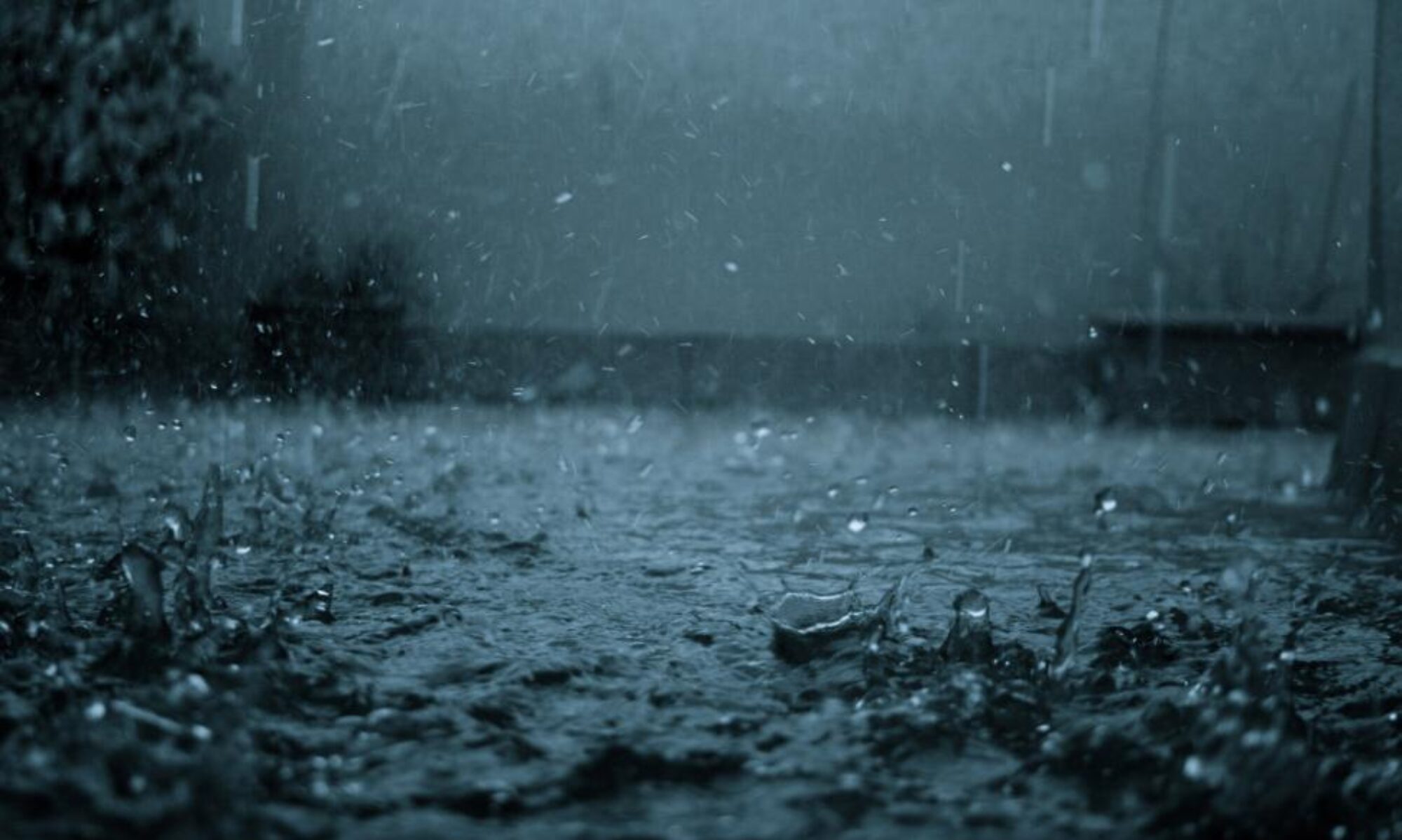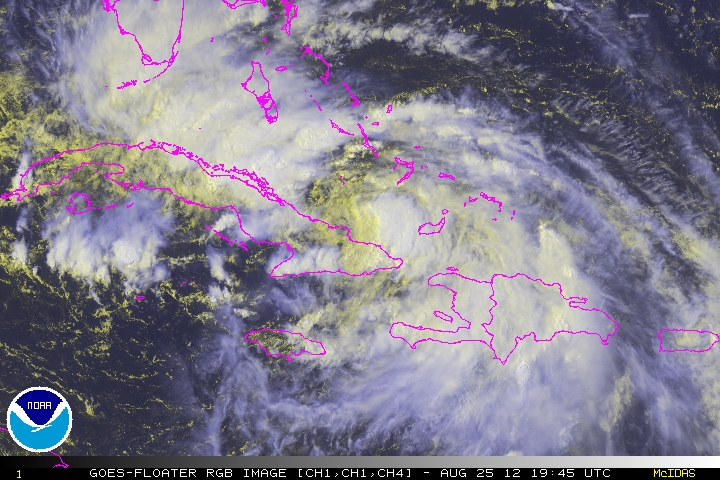Tropical Storm Isaac is skirting the northern coast of Cuba, mostly avoiding the 6,000 foot mountains that have caused havoc on storms in years past. Once Isaac moves into the Gulf of Mexico, the NHC anticipates Isaac to reach Category 2 strength as it approaches the United States. However, there remains a chance that Isaac could enter a RIC (Rapid Intensification Cycle) and become a Major Hurricane as a Category Three.
Current models trend Isaac to anywhere from as far west as New Orleans to the Destin/Panama City area. As mentioned previously in this blog, anyone near these areas should be on alert.
CNN reports:
Gov. Rick Scott said he’d declared a state of emergency for Florida, which he said is “standard protocol” to ensure a well-coordinated response with local, state and federal agencies.
What will Isaac Bring?
Regardless of landfall, going with an initial assessment of a Category 2 hurricane, Isaac promises damaging winds, flooding, torrential rains, and storm surge. Of special importance, the rain bands and thunderstorm clusters also bring EF0 to EF3 tornadoes, which can damage and even destroy well built structures.
One person local to Gulf Shores was trying to re-assure a new resident by saying, “Oh, a Cat One is like a thunderstorm. A really long thunderstorm.” There is some truth in that, as even a “weak” hurricane’s effects are more cumulative than dramatic. The end result, is loss.
What can I expect?
Flash flooding. Be aware of rising water. Additionally, the aforementioned tornado threat is very real and you should be prepared to take cover without warning.
In the areas directly impacted, expect to be without power. Possibly without phone or cell service depending on the severity of the storms in your area.
Further inland, tornados, and flooding will pose a threat, even hundreds of miles inland. Put simply, it has been seven years since our area has stared down the barrel of a hurricane, and often as not, complacency can and does set in.
What should I do?
Follow the advice and instructions from your local authorities, stay diligent, and be prepared. Remember, the first 72 hours after a storm are “on you”.

